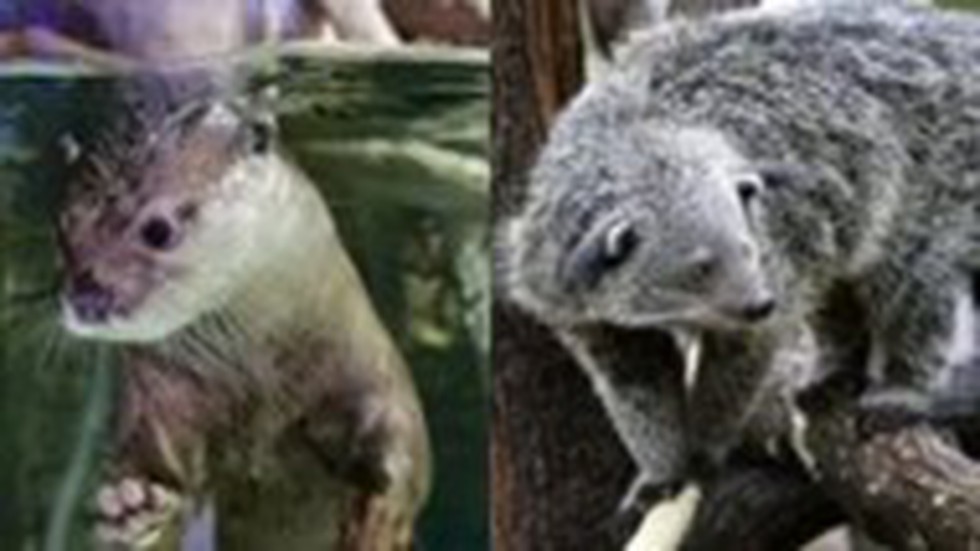About Binturong:
- It is the largest civet in India colloquially known as the bearcat.
- Common names: Asian Bearcat and the Asian Civet.
- Scientific name: Arctictis binturong
- It is a generally solitary and nocturnal animal that spends the majority of its time moving about slowly and cautiously amongst the trees.
- It has scent glands which are located just under its tail. These glands are used to mark trees and foliage to outline an individual’s territory.
- It belongs to the same family as other small carnivores including Civets, Genets, Mongooses, and Fossa.
- The binturong is one of only two carnivores that has a prehensile tail. (The other is the kinkajou).
- The prehensile tail acts almost like another leg helping both with climbing, and gripping onto branches to give the Binturong more stability.
- Habitat: It is a medium sized carnivore that is found inhabiting the dense forests of South-East Asia.
- Distribution: China, India, Thailand, Cambodia, Laos, Malaysia, Indonesia, the Philippines and on the island of Borneo.
- Conservation status
- IUCN: Vulnerable
- Wildlife Protection Act of 1972: Schedule I
- CITES: Appendix III
Key facts about Small-clawed otter
- It exhibit partially webbed feet and short claws, enhancing their adeptness as hunters in aquatic environments.
- Distribution:
- This mammal boasts a broad distribution range spanning from India eastwards to Southeast Asia and southern China.
- In India, it predominantly inhabits protected areas in West Bengal, Assam, Arunachal Pradesh, Karnataka, Tamil Nadu, and certain regions of Kerala within the Western Ghats.
- Habitat: They are primarily found in freshwater habitats, sustaining themselves with a diet comprising fish and crustaceans.
- Threats: Habitat destruction, deforestation, reduction in prey biomass etc.
- Conservation status
- IUCN: Vulnerable
- Wildlife Protection Act of 1972: Schedule I
- CITES: Appendix I
